A coral reef is made up of thousands of tiny animals called coral polyps. Some of them are hard, while others have soft bodies. They accumulate calcium carbonate in their bodies, which eventually forms a coral reef.
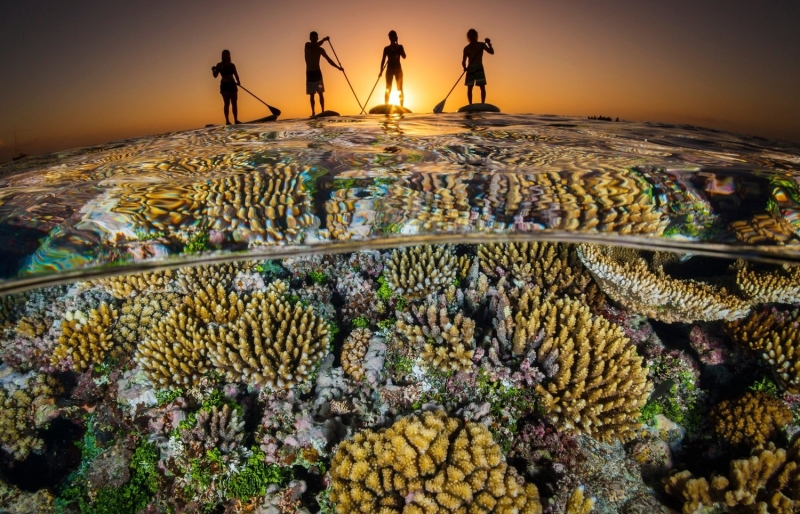
How does a coral reef grow?
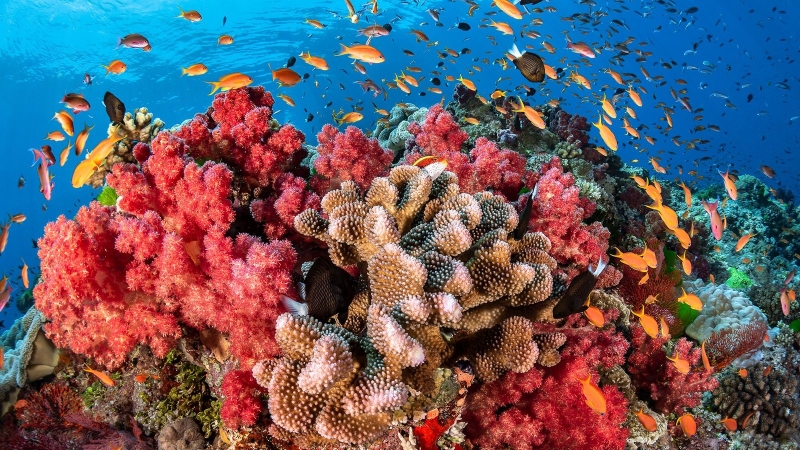
Coral reef
Coral polyps survive by forming a symbiotic bond with microscopic algae called zooxanthellae. Polyps offer a haven for algae, whereas zooxanthellae create energy through photosynthesis, which corals use for food. The waste of polyps serves as food for zooxanthellae.
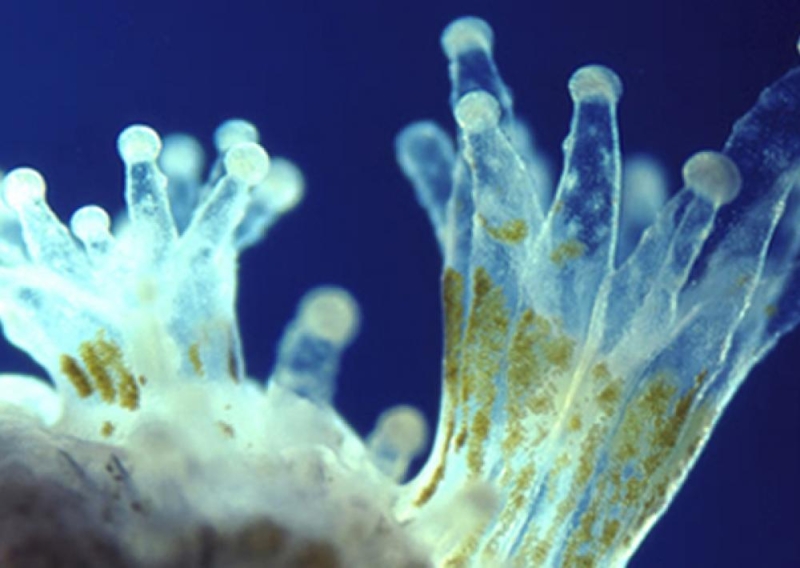
Coral reef close-up
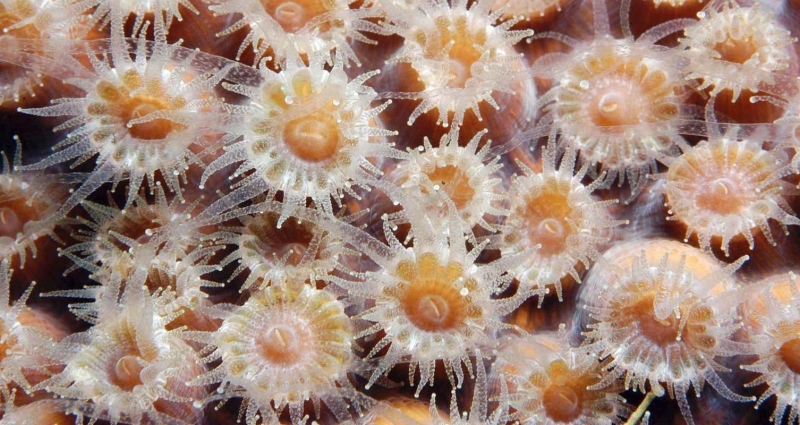
Coral reef close-up. Photo 1

Corals are predators, they extend their tentacles at night and capture tiny organisms (zooplankton, small fish) with them. The captured prey is then moved into the mouth of the polyps and digested in their stomach.
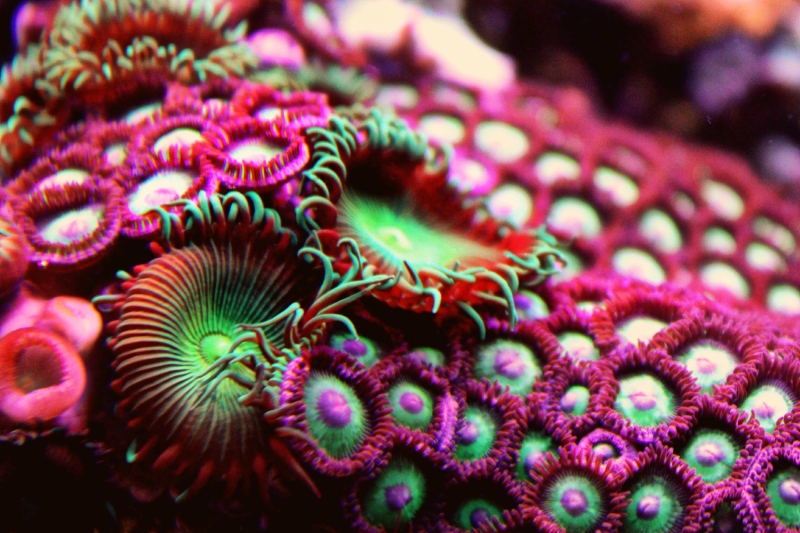
Coral reef close-up. Photo 2
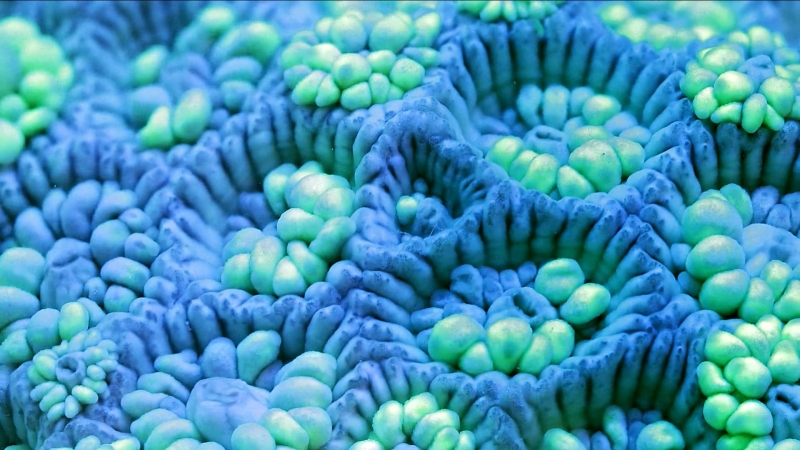
Coral reef close-up. Photo 3
There are three types of coral reefs. The fringing reef, which grows directly from the coastline, is the most common type of reef.
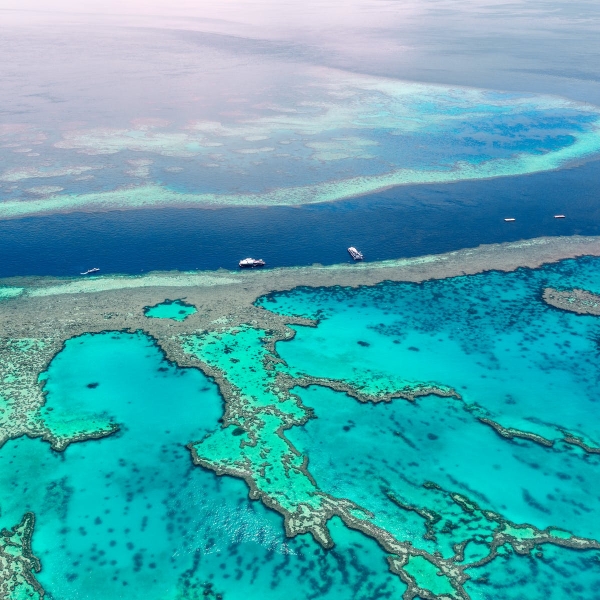
Fringing coral reef
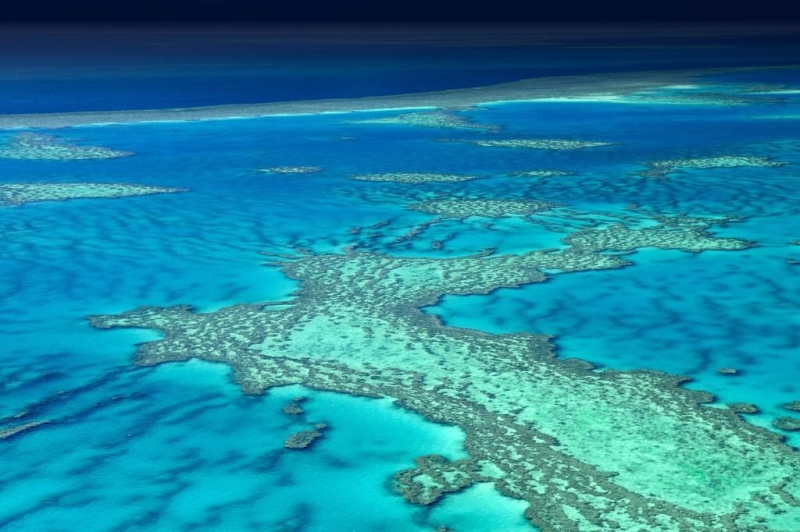
The fringing coral reef. Photo 1
The barrier reef grows parallel to the shore, but has lagoons or wide reservoirs, between the reef and the shore.
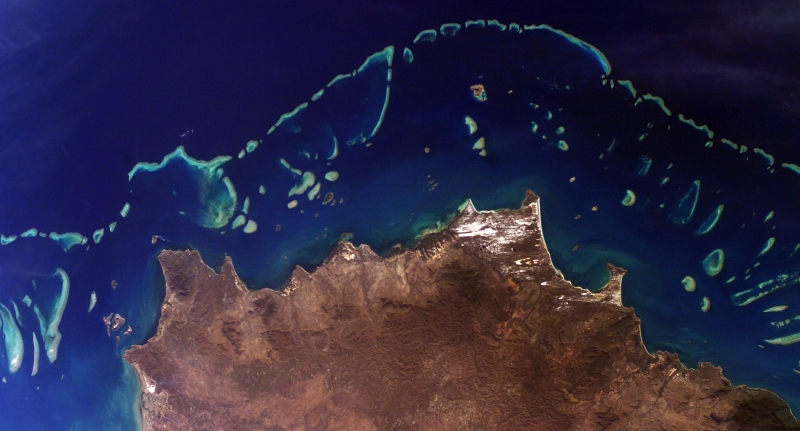
Barrier Coral Reef
Atoll is a type of reef that grows around a large deep lagoon.
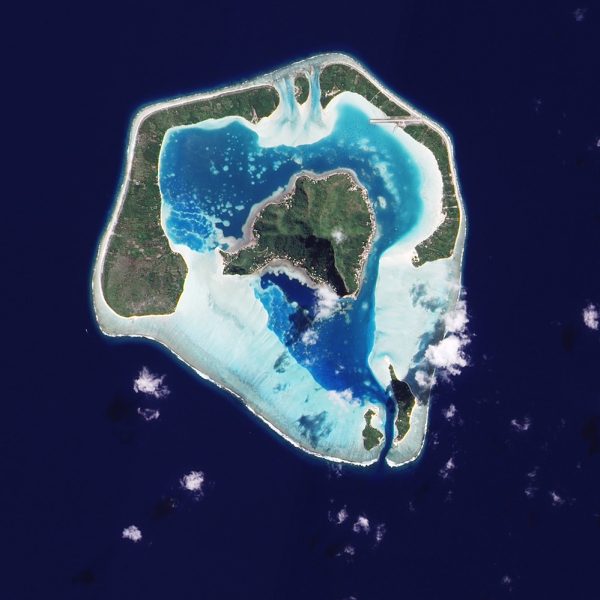
Atoll, top view
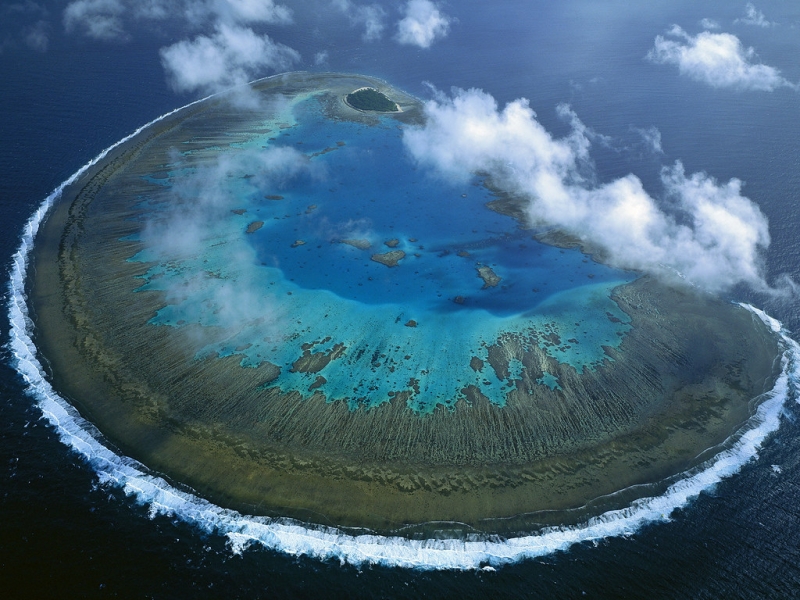
A huge coral atoll
The growth rate of corals is very slow from 0.3 to 2 centimeters per year, depending on the size, it takes from 100 thousand to 30 million years for a coral reef to form.
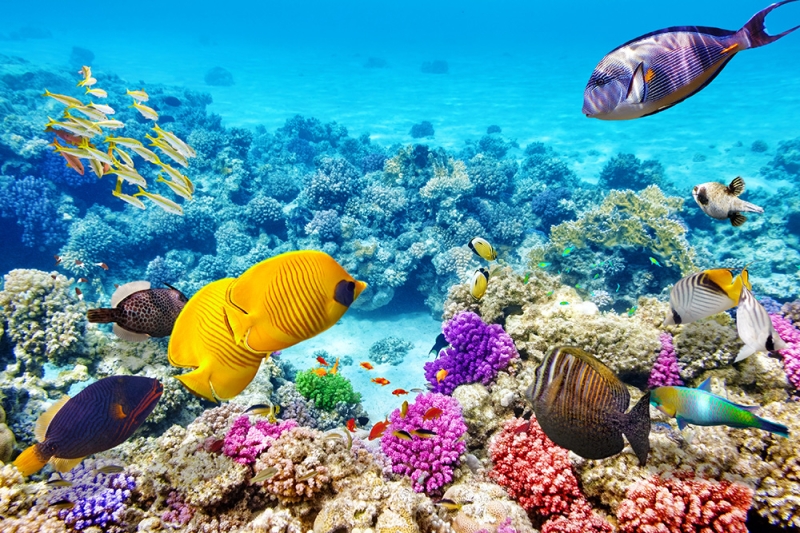
Coral reef and fish
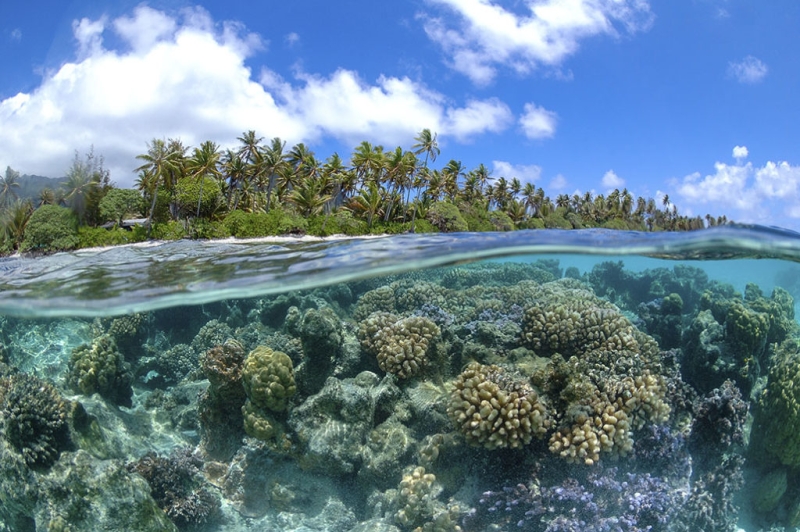
Coral reef at the beach
